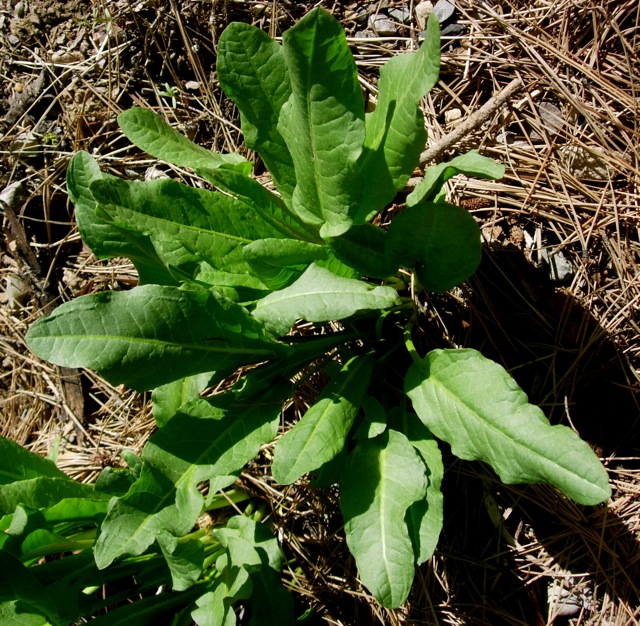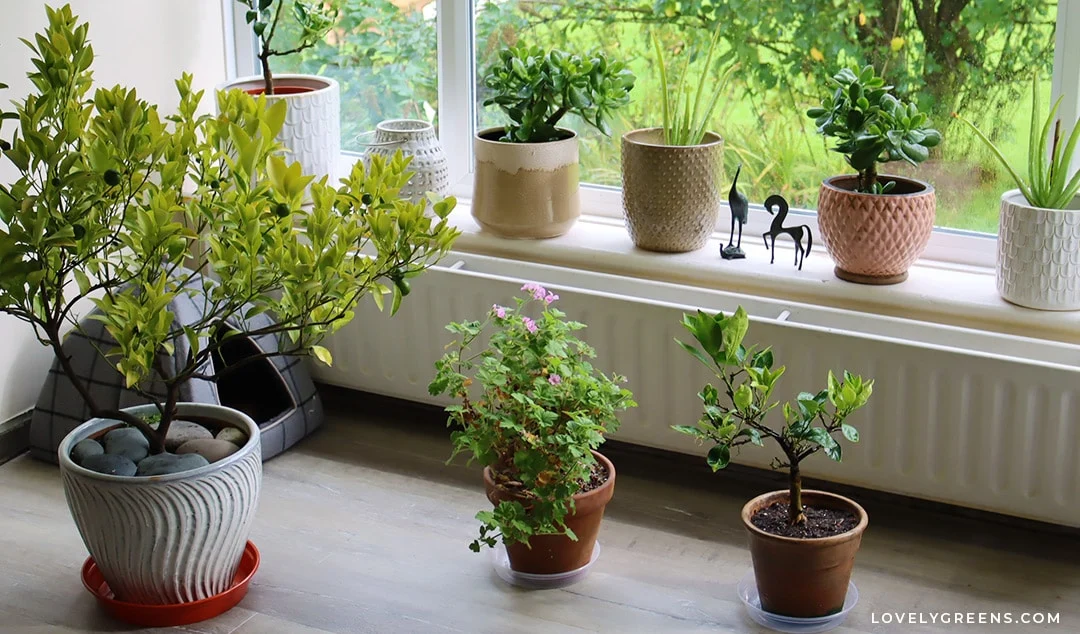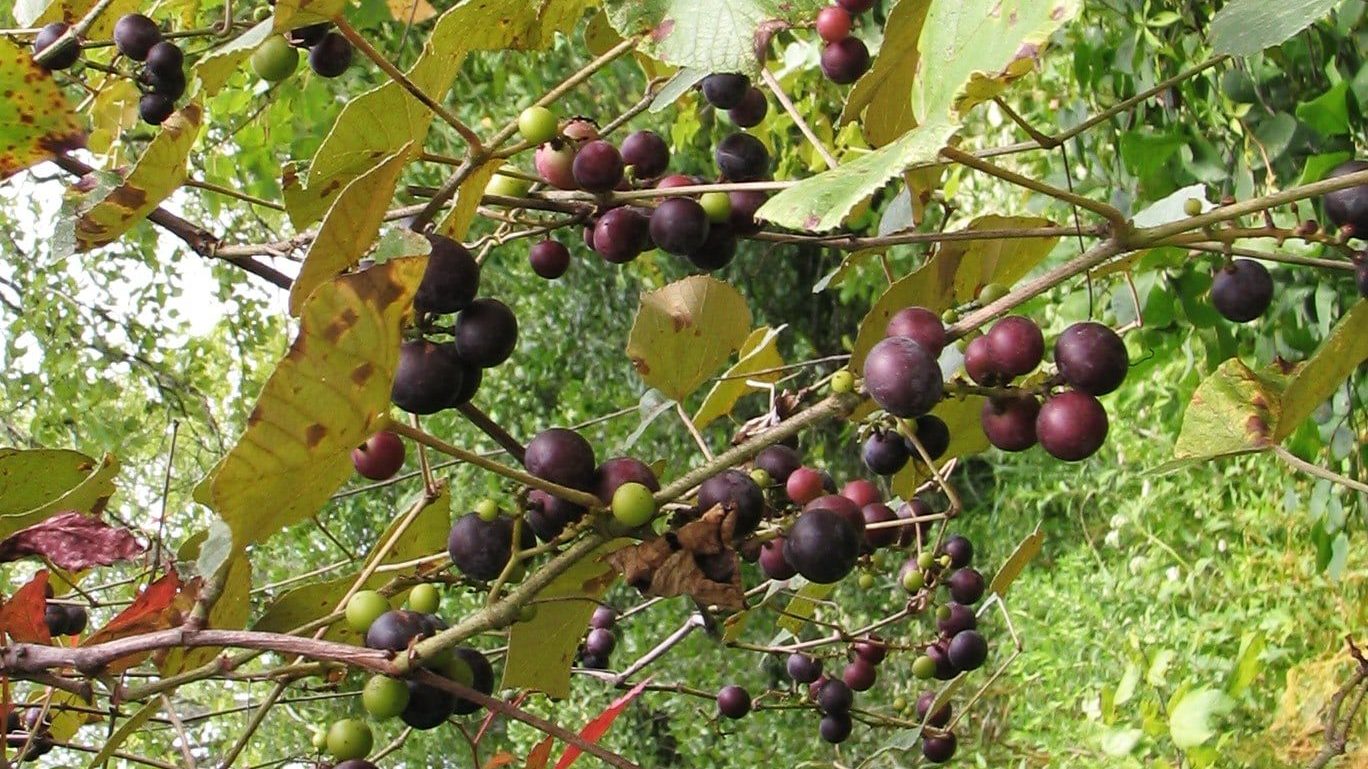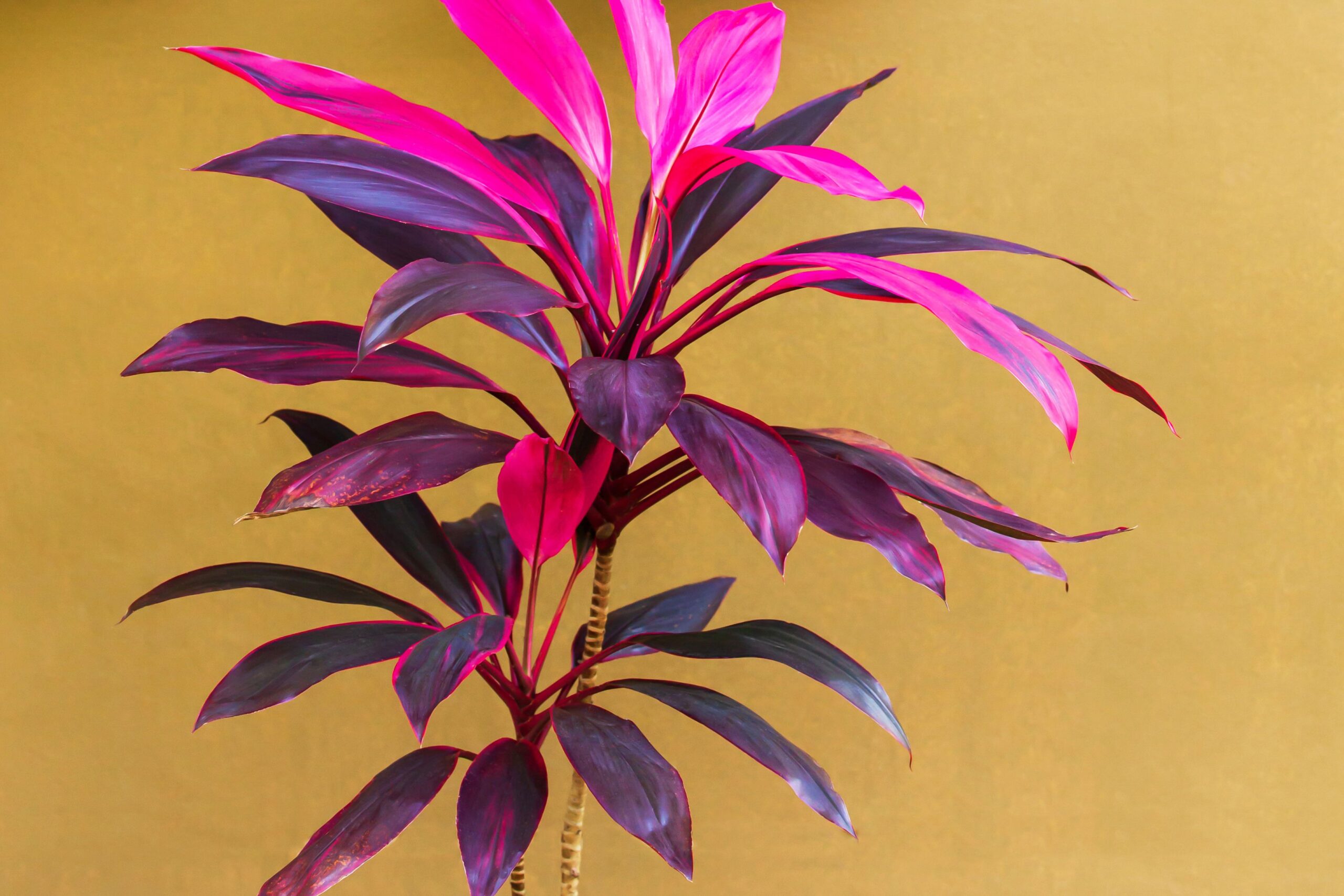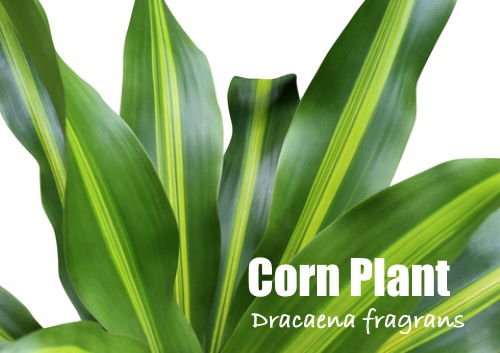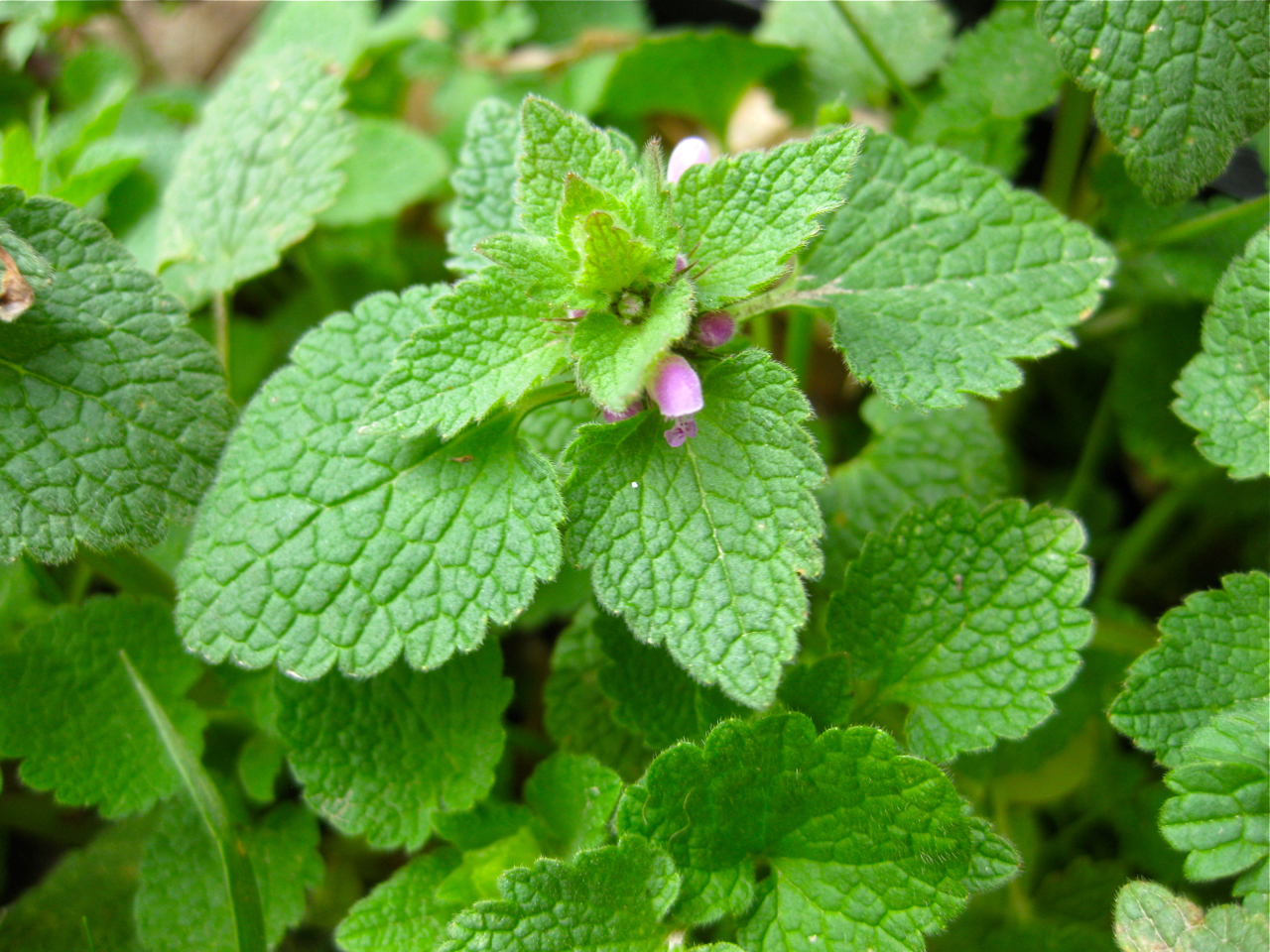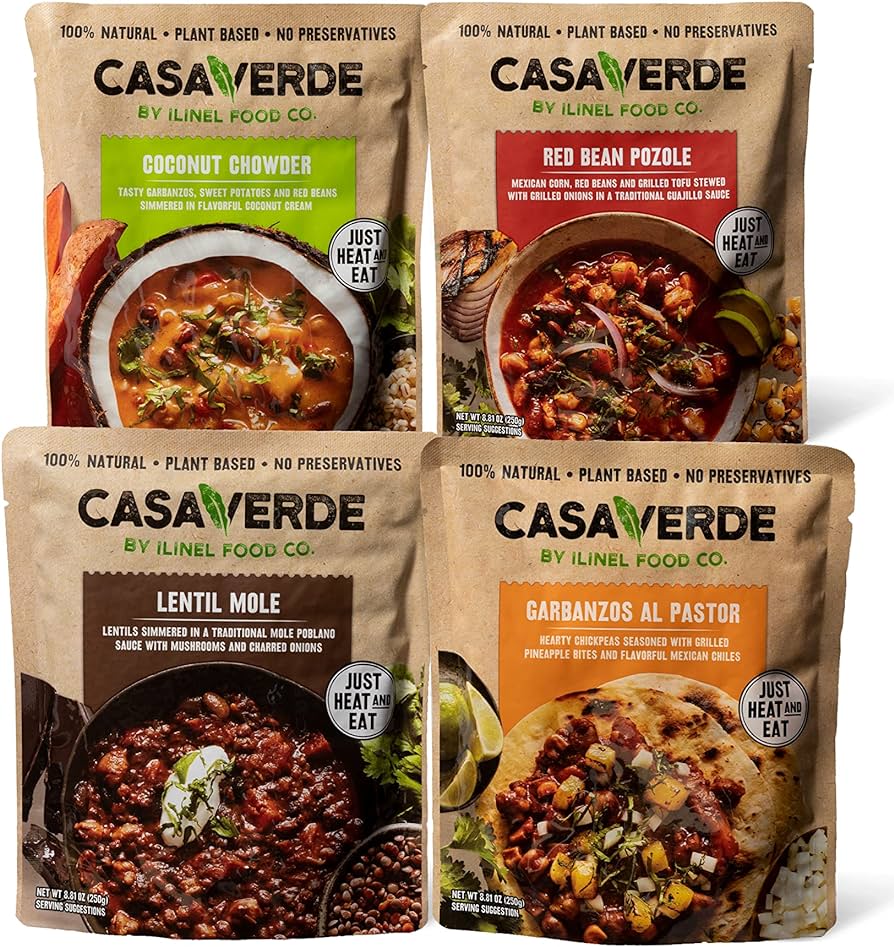The best kitchen garden containers are determined by their size, durability, and drainage capabilities. A well-maintained kitchen garden can provide fresh herbs and vegetables right at your doorstep.
But choosing the right containers is crucial for successful gardening. The size of the container should accommodate the growth of the plants, while durable materials ensure long-lasting use. Good drainage is essential to prevent root rot and waterlogging. We will discuss some of the best kitchen garden containers that meet these criteria.
From ceramic pots to self-watering containers, we will explore the features and benefits of each option. Whether you have limited space or want to add a touch of greenery to your kitchen, finding the perfect container will help you grow a thriving kitchen garden.

Credit: www.homedepot.com
Benefits Of Container Gardening
Container gardening is a popular choice for those who want to grow fresh produce and beautiful flowers, even with limited outdoor space. Benefits of Container Gardening include space-saving solutions and easy maintenance, making it an ideal option for urban dwellers or individuals with small yards.
Space-saving Solution
Containers allow gardeners to utilize vertical space effectively and grow plants in tight areas such as balconies or patios. Vertical gardening can maximize limited space and enable a variety of plants to thrive in a small footprint.
Easy Maintenance
Container gardening requires minimal effort compared to traditional garden beds. Regular watering, fertilizing, and pest control are more manageable in containers, making it an excellent choice for busy individuals or beginners.
Choosing The Right Container
When it comes to starting a kitchen garden, choosing the right container is essential for the success of your plants. The container you select will determine the growth and health of your herbs, vegetables, and other edibles. Here are some key factors to consider when making your choice:
Size Considerations
The size of the container plays a crucial role in the development of your kitchen garden. You must ensure that the container is spacious enough for the roots to grow and the plants to flourish. Here are a few size considerations to keep in mind:
| Plant Type | Recommended Container Size |
|---|---|
| Herbs | Around 6 inches in diameter for each plant |
| Leafy Greens (e.g., lettuce, spinach) | 8 to 12 inches in depth and width, or a rectangular box with a larger surface area |
| Tomatoes and Peppers | At least 12 inches in diameter and depth |
| Root Vegetables (e.g., carrots, radishes) | 12 inches deep for most varieties |
These recommendations provide enough space for the plant’s roots to spread, ensuring optimal growth and yield.
Material Options
The material of your container plays a vital role in maintaining the right moisture levels and temperature for your plants. Each material option comes with its own advantages and considerations. Here are some popular choices:
- Terra Cotta: Provides excellent breathability and insulation for plants, but it can dry out quickly and may require more frequent watering.
- Plastic: Lightweight and affordable, plastic containers retain moisture well and are easy to clean. However, they may not be as aesthetically pleasing as other options.
- Fabric: Fabric containers promote air circulation and prevent root binding, but they require extra care to avoid drying out.
- Wood: Creates a natural look and insulates plants from extreme temperatures. However, wood containers may rot over time, so it is important to choose a rot-resistant wood like cedar.
Consider the specific needs of your plants, your gardening style, and the overall aesthetic you want to achieve when selecting the material for your container. By choosing the right container size and material, you can create an ideal environment for your kitchen garden to thrive.
Top Picks For Kitchen Garden Containers
When it comes to growing a kitchen garden, choosing the right containers is essential for a successful harvest. The right containers can help you make the most of your space and create an efficient, productive garden. Whether you have limited space, poor soil, or want to garden in a convenient, manageable way, the right containers can make a big difference. Here are some top picks for kitchen garden containers:
Self-watering Planters
Gardening with self-watering planters is an easy and convenient way to grow your favorite herbs, vegetables, and flowers. These containers are designed with built-in reservoirs that supply water to the plants as needed, making it easier to maintain consistent moisture levels. They also reduce the frequency of watering, making them an excellent choice for busy individuals.
Raised Beds
Raised beds are a popular choice for kitchen gardens, as they offer several advantages. They provide better drainage, warmer soil, and easier access for planting and harvesting. Raised beds also allow for better control over soil quality and pest management. They are an ideal option for those with limited space or poor soil conditions.
Grow Bags
Grow bags are lightweight, portable, and excellent for growing a wide variety of vegetables and herbs. They provide good aeration and drainage, making them suitable for plants that require well-drained soil. Additionally, grow bags are an affordable and space-saving option, making them ideal for urban gardeners or those with limited outdoor space.
:strip_icc()/variety-hot-peppers-on-cutting-board-AD9EIpIaqV_AU2uEoxe9_A-ce97e40cb501413393fb5c675bd933ca.jpg)
Credit: www.bhg.com
Diy Container Ideas
Looking for creative and affordable ways to set up a kitchen garden? DIY container ideas can be a fun and practical solution for creating a thriving kitchen garden. By utilizing repurposed containers and incorporating vertical gardening techniques, you can easily maximize space and cultivate an abundant garden in a limited area. Let’s explore some engaging DIY container ideas that can transform your kitchen garden into a green oasis.
Repurposed Containers
Repurposing everyday items into plant containers is an eco-friendly and cost-effective approach to nurturing a kitchen garden. By giving a new life to items that would otherwise be discarded, you not only reduce waste but also infuse a unique charm into your garden. Here are a few innovative ideas for repurposed containers:
- Mason Jars: Transform mason jars into herb pots by drilling drainage holes in the bottom. The transparent nature of these jars allows you to effortlessly monitor the soil moisture levels.
- Tin Cans: Reuse tin cans by painting them in vibrant colors and using them as planters for small vegetables or flowers. Ensure to create drainage holes in the bottom to prevent waterlogging.
- Old Tires: Upcycle old tires by stacking and filling them with soil to create a vertical container garden. This unconventional method adds an industrial-chic touch to your garden space.
Vertical Gardens
Embracing vertical gardening not only optimizes space but also enhances the aesthetics of your kitchen garden. Whether you have limited outdoor space or want to adorn a blank wall with greenery, vertical gardening offers endless possibilities. Here are some ingenious ways to implement vertical gardens:
- Hanging Shoe Organizer: Utilize a hanging shoe organizer with transparent pockets to grow a variety of herbs or small vegetables. This efficient and space-saving method keeps your plants organized and easily accessible.
- Pallet Planters: Transform wooden pallets into vertical planters by filling the slats with soil and planting your favorite herbs or flowers. Mount the pallets on a wall or lean them against a solid structure for a striking vertical garden display.
- Gutter Gardens: Repurpose gutters by fixing them vertically and planting shallow-rooted herbs or lettuce. This innovative approach not only conserves space but also facilitates easy irrigation and maintenance.
Tips For Successful Container Gardening
Looking to create a successful container garden? Choose the best kitchen garden containers for optimal growth. With the right containers, gardeners can enjoy fresh herbs and vegetables year-round, even in limited space. These containers provide efficient drainage and adequate space for plants to thrive.
Gardening in containers is a great way to bring life and greenery into your kitchen. Whether you have limited space or just want to have fresh herbs and vegetables within your reach, container gardening can provide a bountiful harvest with the right care. To help you get started, here are some essential tips for successful container gardening:
Proper Drainage
Ensuring proper drainage is crucial for the health of your plants. Without it, excess water can build up, causing root rot and other problems. Here’s how you can improve drainage in your kitchen garden containers:
- Choose containers with drainage holes at the bottom to allow water to escape.
- Place a layer of small rocks or pebbles at the bottom of the container to facilitate water drainage.
- Use potting soil that is specifically designed for containers, as it provides good drainage while retaining moisture.
Choosing The Right Soil
The right soil plays a vital role in the success of your container garden. It should provide adequate nutrients, retain moisture, and promote root development. Consider the following factors when choosing the right soil:
- Opt for a high-quality potting mix that is light, well-draining, and rich in organic matter.
- Avoid using garden soil, as it tends to be heavy, compacted, and may contain weed seeds or pests.
- Consider adding compost or organic fertilizers to enrich the soil and provide essential nutrients for your plants.
Companion Planting In Containers
Companion planting in containers is a smart way to boost the health and productivity of your kitchen garden. Pairing certain plants together can help repel pests, attract beneficial insects, and enhance flavors. Let’s explore the benefits of this strategy and some compatible plant combinations.
Benefits Of Companion Planting
Boosts plant health and productivity
Helps repel pests and attract beneficial insects
Enhances flavor profiles of plants
Compatible Plant Combinations
- Tomatoes and Basil
- Carrots and Onions
- Cucumbers and Dill
- Lettuce and Radishes
Maintenance And Care
Proper maintenance and care are essential for the success of your kitchen garden containers. Paying attention to watering schedules, and pest, and disease management is crucial.
Watering Schedules
- Check soil moisture regularly
- Water containers when the top inch of soil is dry
- Adjust the frequency based on season and plant type
Pest And Disease Management
- Inspect plants for signs of pests and diseases
- Remove affected leaves or plants promptly
- Apply organic pest control remedies

Credit: growinginthegarden.com
Frequently Asked Questions On Best Kitchen Garden Containers
What Are The Best Containers For A Kitchen Garden?
The best containers for a kitchen garden are large pots, raised beds, hanging planters, and window boxes. These options provide adequate space for root growth and proper drainage.
How To Choose The Right Container For Kitchen Gardens?
Select containers based on the size of the plants, the materials that provide good drainage, and the location where the kitchen garden containers will be placed. Consider the aesthetic appeal and the convenience of accessibility for maintenance.
Can I Reuse Old Containers For My Kitchen Garden?
Yes, old containers can be reused for a kitchen garden with proper cleaning and sanitation. Ensure there are no chemical residues that may affect plant growth and choose containers that still have structural integrity.
What Kind Of Soil Should Be Used In Kitchen Garden Containers?
Use a high-quality potting mix with good drainage to promote healthy plant growth in kitchen garden containers. Avoid using garden soil as it may compact and hinder root development. Add compost for extra nutrients.
Conclusion
To create a thriving kitchen garden, selecting the right containers is crucial. With a variety of options available, it is important to consider factors such as material, drainage, and size. From terra cotta pots to raised beds, the choice depends on personal preferences, space availability, and aesthetic appeal.
By choosing the best kitchen garden containers suited to your needs, you can cultivate a flourishing garden right in your own home. Happy gardening!


